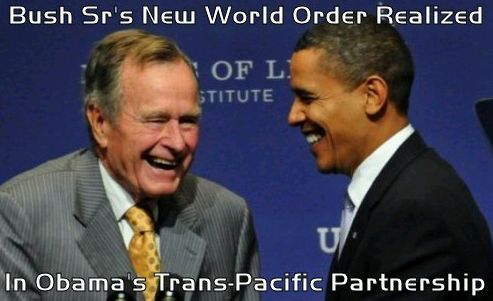GlobalResearch April 9 2014

Last three or four years have seen a number of books, documentaries and articles on the dangers of Genetically Modified (GM) seeds. Majority has focused on adverse health and environmental impact; almost none on the geo-politics of GM seeds, and particularly seeds as a weapon of mass destruction. Engdahl has addressed this issue but the crop seed is one of the many “Seeds of Destruction” in this book.
Engdahl carefully documents how the intellectual foundations of ‘eugenics,’ mass culling of the sick, colored, and otherwise disposable races, were actually first established, and even legally approved, in the United States. Eugenics research was financially supported by the Rockefeller and other elite families and first tested on Jews under Nazi Germany.
It is purely by chance that world’s poorest nations also happen to be best endowed with natural resources. These regions are also the ones with growing population. The fear among European ruling families, increasingly, integrating with economic and military might of the United States, was that if the poor nations became developed, the abundant natural resources, especially oil, gas, and strategic minerals and metals, may become scarcer for the white population. That situation was unacceptable to the white ruling elite.
The central question that dominated the minds of the ruling clique was population reduction in resource rich countries but the question was how to engineer mass culling all over the world without generating powerful backlash as it was bound to happen. When the US oil reserves peaked in 1972 and it became a net oil importer, the situation became alarming and the agenda took the centre stage. Kissinger, one of the key strategists of Nixon, nurtured by the Rockefellers, prepared what is known as National Security Study Memo (NSSM#200), in which he elaborated his plan for population reduction. In this Memo he specifically targets thirteen countries: Bangladesh, Brazil, Colombia, Egypt, Ethiopia, India, Indonesia, Nigeria, Pakistan, Turkey, Thailand, and The Phillipines.


